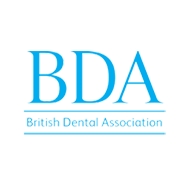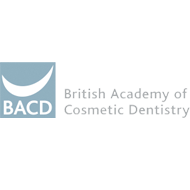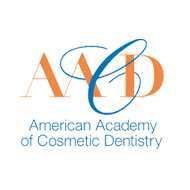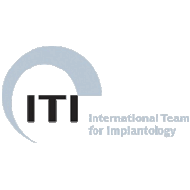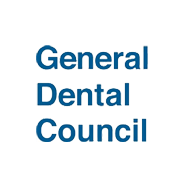Search the A-Z for the meaning of the word or simply to find out more about dental health.
There are currently 17 names in this directory beginning with the letter T.
Teeth for Life
A plan to care for teeth and gums through good oral hygiene to allow them to last a 'lifetime'
Every human is born with a genetic programme which will develop for us two perfect sets of teeth - a deciduous set and a permanent set. Nature has given us a second chance to learn from our mistakes if we fail to keep the first temporary set in perfect condition. By the age of six years we have to have a carefully regulated diet and an effective cleaning programme which will be part of our daily routine.
All teeth erupt free of tooth decay and a life-time preservation programme must be put into practice. It is important that life-time habits are developed in the young. Cleaning must be fun and it is the very last thing that has to be done before bed time. Nothing must be eaten or drunk afterwards. If a child has to have a drink by the bed at night then this should only be water.
Remember: neglect = tooth decay = pain and expense!
Teething [see Milk Teeth]
The development and eruption of the first set of teeth in the young.
The eruption of the milk teeth is usually accompanied by excessive salivation and a redness of the cheeks. This is particularly noticeable when the molar teeth appear. Babies will tend to push things into their mouths to gnaw upon in an attempt to relieve the soreness. It is rare that the front teeth give much of a problem but the first molar teeth which appear at about twelve months can give a problem. Eating hard rusks can help the eruption process.
The second deciduous molars will finally complete the temporary set of teeth at about the second birthday. These larger teeth frequently give rise to listlessness, sometimes loss of sleep and can be accompanied by a fever. These symptoms can last for a week or so with the lower teeth erupting first. These symptoms may reoccur some weeks later as the upper teeth follow. Disprol or Calpol, and the local application of Anbesol will often help relieve the symptoms of teething.
Temporomandibular Joint
The complex hinge joint which connects the mandible with the base of the skull just in front of the ear.
Temporomandibular joint disorders (known as TMJ disorders or TMD) are the most common condition affecting the jaw joint. TMD is also known as facial arthromyalgia, and literally means face, joint and muscle pain.
Tetanus
An infectious disease spread by the tetanus bacillus which causes severe muscular spasm and lockjaw. Can be contracted through a cut or wound exposed to dirt or soil. Can be effectively protected against by vaccination.
Tetracycline
A broad spectrum antibiotic. Care must be taken with the administration of Tetracycline in children as it can lead to unsightly mottling or yellow staining of the tooth.
Thumb Sucking
Babies can be born sucking a thumb or a finger! X-rays sometimes show the developing child sucking a thumb whilst still in the womb. It is quite normal for infants to suck a thumb or a finger and only becomes a problem if the habit is allowed to become persistent from about 2 years of age. The thumb can become very sore, which usually acts as a deterrent.
Titanium
A light metal with unique bone bonding properties that were discovered in the 1960's by Professor Branemark. Carefully designed implants are now used extensively in dentistry to replace natural teeth and to anchor bridges and dentures in place.
Toothache
The discomfort [pain] caused by changes in the health of teeth. The best advice is to go and visit a dentist as soon as possible.
The teeth and the tooth attachments may give rise to painful symptoms as a result of decay, abscess, periodontal (gum) disease or eruption problems. The pain may vary from an intermittent or fleeting sensitivity to hot and cold that may indicate the early onset of decay to the most dreadful acute throbbing pain caused by advanced decay and a dental abscess. In this latter case it may be impossible even to touch the teeth together and eating may be difficult.
Toothbrushes
An aid to keeping teeth and gums clean and in good condition. They may be manual or electric powered.
Toothpaste
A thick creamy material used, in combination with a toothbrush to assist in tooth cleaning.
There are three main categories of toothpaste: family, children's and specialist. Both fluoride and non-fluoride tooth pastes are available in adult and children's formulae.
Topical
An agent applied on the surface e.g. a topical anaesthetic applied to the mucous membranes; or fluoride applied to the enamel surfaces.
Torus
A bony protuberance or swelling sometimes found in the centre of the palate (torus palatinus) or on the inside of the lower jaw beneath the tongue in the region of the pre-molars (torus mandibularis).
Trigeminal Neuralgia [also known as tic douloureux]
A rare facial pain that causes a sudden, brief but severe electric shock-like or stabbing pain on one side of the face. It tends to be more common in women than in men and usually affects people aged 50 and over.

